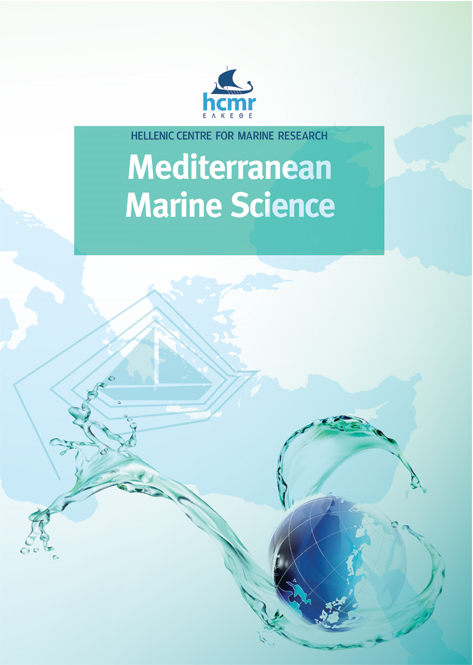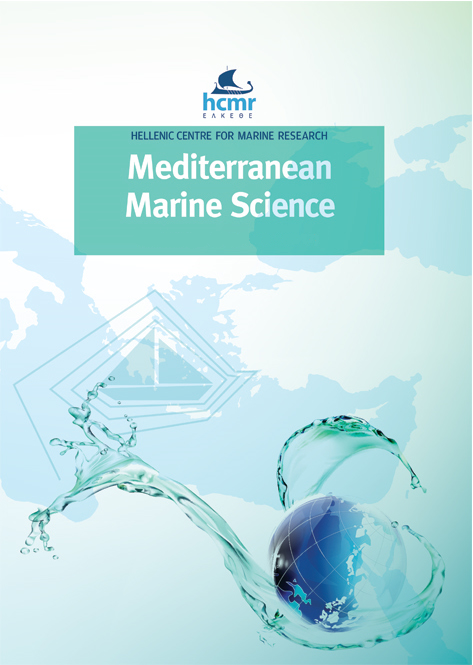Estimations of free fatty acids (FFA) as a reliable proxy for larval performance in Mediterranean octocoral species

Resumen
The survival, behavior, and competence period of lecithotrophic larvae depends not only on the energy allocation transferred by maternal colonies, but also on the amount of energy consumed to sustain embryonic, larval, and post-larval development. The objective of the present work is to understand the effect of energy consumption on the performance of lecithotrophic larvae. To this aim, we analysed free fatty acid (FFA) content and composition of the larvae of three Mediterranean octocorals (Corallium rubrum, Eunicella singularis, and Paramuricea clavata) as a proxy for energy consumption. Results showed that C. rubrum larvae consume more FFA than P. clavata, whereas the energy consumed by E. singularis larvae is high but highly variable. These results are in accordance with the larval behavior of these three species, since C. rubrum larvae are characterized by their high swimming activity frequency, P. clavata larvae are almost inactive, and the swimming activity frequency of E. singularis larvae is high, although variable. The differences in FFA composition of the larvae suggest contrasting energetic strategies that could explain the differences in survival and recruitment rates. In fact, high dispersal and recruitment capacities for E. singularis larvae can be inferred from the FFA composition, whereas the high spatial and temporal variability of recruitment observed in C. rubrum may be related to the non-selective transfer of fatty acid (FA) from maternal colonies. Finally, the high recovery rates after mass mortality events observed in P. clavata could be favored by the presence of a specific FA [22:6(n-3)] related to adaptation mechanisms under environmental stresses during the first developmental stages.
Article Details
- Cómo citar
-
VILADRICH, N., BRAMANTI, L., TSOUNIS, G., COPPARI, M., DOMINGUEZ-CARRIÓ, C., PRUSKI, A., & ROSSI, S. (2022). Estimations of free fatty acids (FFA) as a reliable proxy for larval performance in Mediterranean octocoral species. Mediterranean Marine Science, 23(1), 115–124. https://doi.org/10.12681/mms.27151
- Número
- Vol. 23 Núm. 1 (2022)
- Sección
- Research Article
Authors who publish with this journal agree to the following terms:
- Authors retain copyright and grant the journal right of first publication with the work simultaneously licensed under a Creative Commons Attribution Non-Commercial License that allows others to share the work with an acknowledgement of the work's authorship and initial publication in this journal.
- Authors are able to enter into separate, additional contractual arrangements for the non-exclusive distribution of the journal's published version of the work (e.g. post it to an institutional repository or publish it in a book), with an acknowledgement of its initial publication in this journal.
- Authors are permitted and encouraged to post their work online (preferably in institutional repositories or on their website) prior to and during the submission process, as it can lead to productive exchanges, as well as earlier and greater citation of published work (See The Effect of Open Access).










